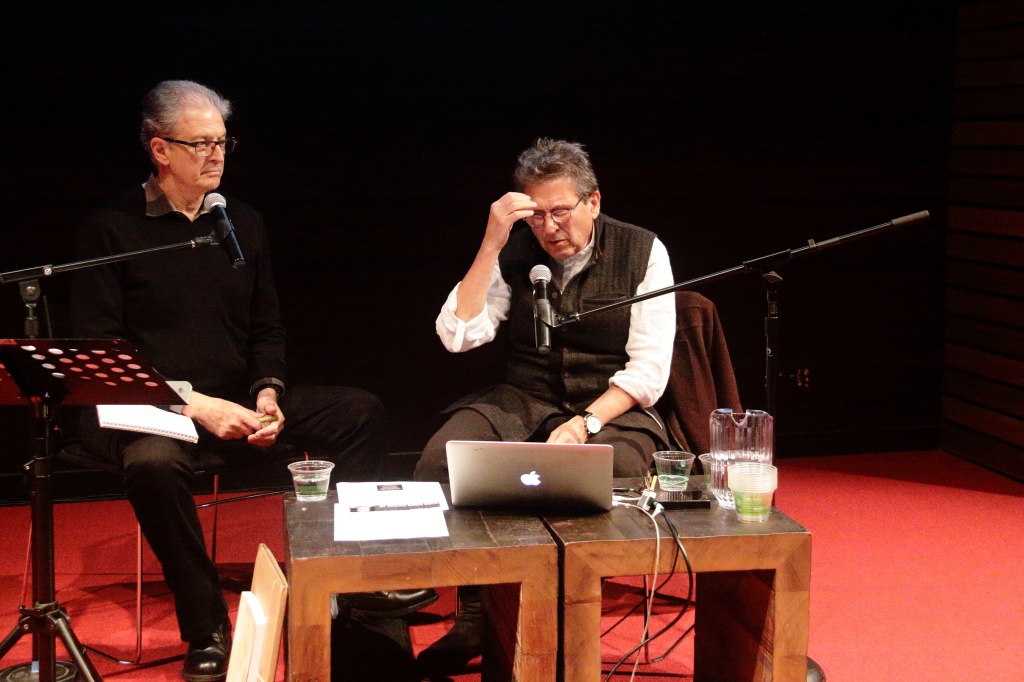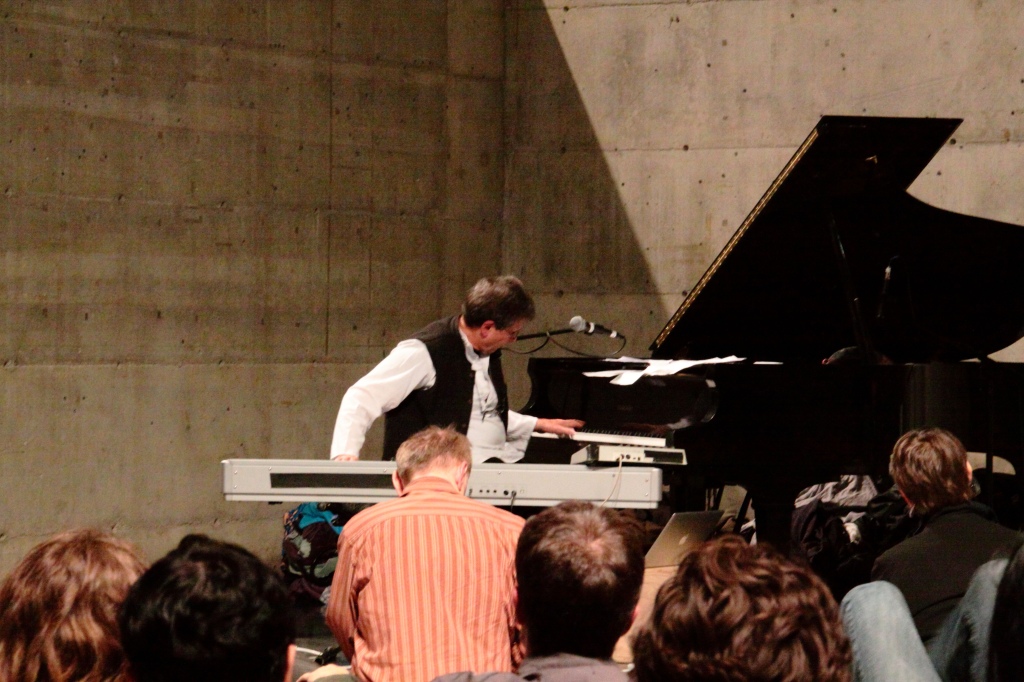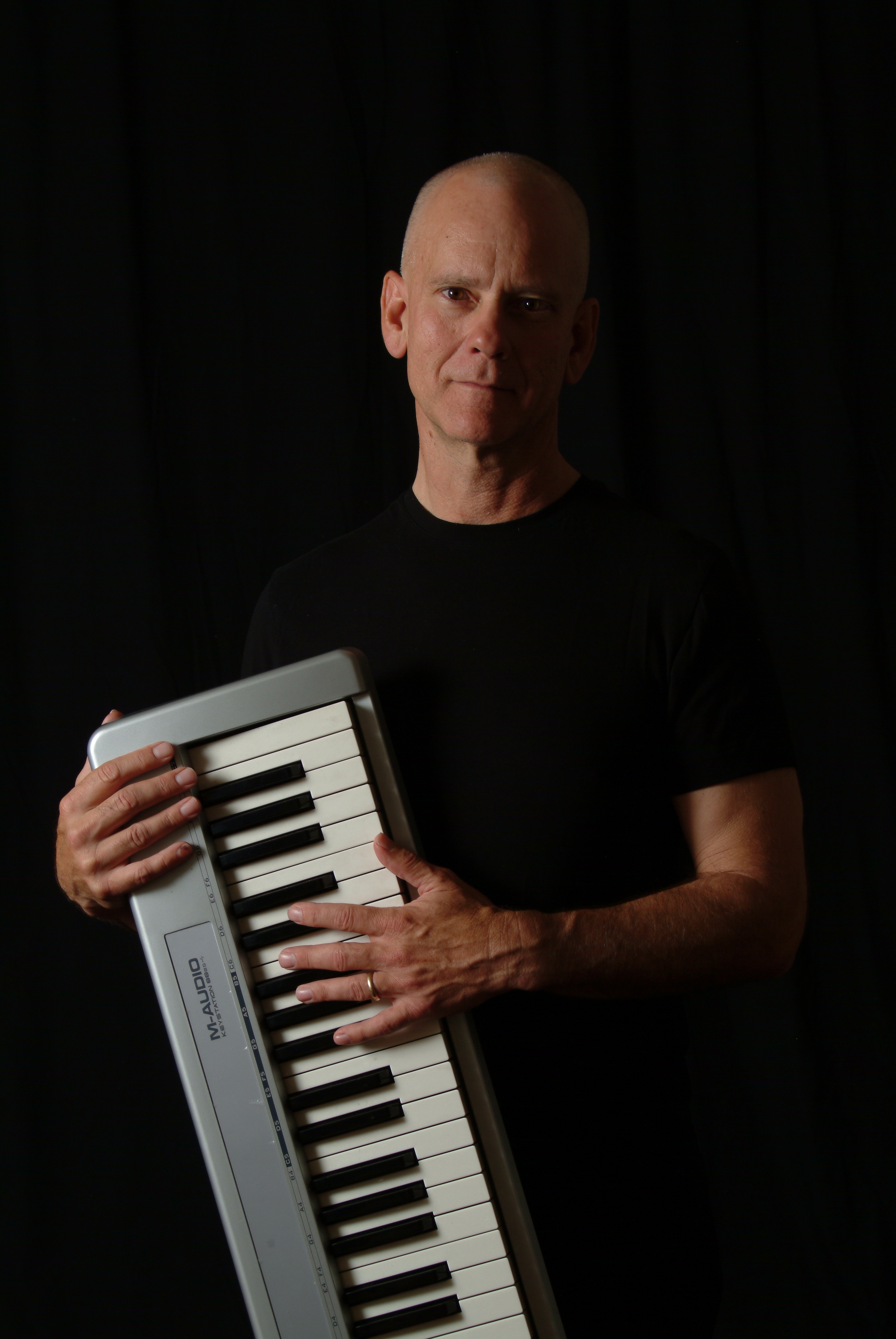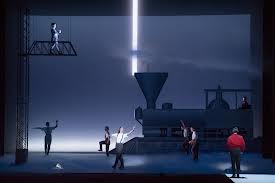
Philip Gelb performing at the June 21, 2015 Garden of Memory Concert at Oakland’s Chapel of the Chimes.
For a variety of reasons I have not been able to spend any time with this blog for the last month or two but recent events tell me that I must find the time to get back online and publish. My apologies to all who are awaiting reviews and such. They will now be forthcoming.
This past Saturday night June 27, 2015 is among the last of this East Bay series which has been with us for the last 10 years. Philip Gelb, vegan chef extraordinaire, shakuhachi player and teacher has announced that he will be relocating to New York in the next few months.
I personally discovered this series shortly after I moved to the bay area. In a nondescript West Oakland neighborhood in a modest loft live/work space I found a vegan dinner which also featured a performance by Bay Area composer/performer Pamela Z. One concert/dinner and I was hooked. The opportunity to meet and hear many wonderful musicians and enjoy the amazing culinary magic was just too much to resist. I have been a regular attendee at many of these concerts and they all are valued memories.

Philip Gelb with Joelle Leandre at one of his dinner/concerts.
Phil, who studied music, ethnomusicology and shakuhachi has been a familiar performer in the Bay Area. In addition to performing and teaching the Japanese bamboo flute, Phil has run a vegan catering business and began this series some ten years ago modeled on a creative music series founded in part by the late Sam Rivers. As a musician Phil has gotten to know many talented and creative musicians who performed on his series. Phil is a friendly, unpretentious man with great talents which he successfully combined here.

Phil and sous chef Cori preparing the evening’s feast.
The 20 seats were sold out for the annual Masumoto Peach dinner. At the peak of the harvest each year Phil has put together multiple course dinners featuring locally grown organic peaches from the now four generation Masumoto family orchard near Fresno . In fact a recent film (information on the Masumoto page linked above) has been made about them called, “Changing Seasons” and one of the filmmakers was in attendance. There was a short discussion with Q and A at one point.

Happy diners anticipating the next course.
No music this night but wonderful food and friendly conversations filled the evening. The meal began with, of course, a taste of the actual peaches.

sous chef Cori serving the peach halves that began the dinner.
The next course, a peach tomato gazpacho.

Followed by a grilled peach salad with cashew cheese balls, arugula radicchio,, pickled red onions, and a cherry balsamic dressing.

Oh, yes, a nice Chimay to quench the thirst.

And then tempeh char siu wontons (from the local Rhizocali Tempeh), flat tofu noodles, a really great hot peach mustard and peach sweet and sour sauce.

The main course: peach grilled seitan, peach barbecue sauce, roasted corn and peppers, and some crunchy fried okra.

And, for dessert, peach rosewater cake with peach walnut sorbet. As is his custom Phil went around offering more of that sorbet which most folks, present writer included, availed themselves.

This was a thoroughly enjoyable evening.
But, as I said, this tradition is coming to an end. Not to fear, however. Phil is in the process of writing a cookbook sharing the secrets of his culinary mastery and the book will also document some of the many musicians whose talents graced many an evening here.

La Donna Smith and India Cooke playing an improvised duet.

Bassists Mark Dresser and Barre Phillips play together for the first time at In the Mood for Food.

The amazing Stuart Dempster at Phil’s loft a few years ago.

Gyan Riley, Terry Riley and Loren Rush attending the dinner/concert which featured Stuart Dempster.

Pauline Oliveros and her partner Ione performing at a recent dinner.
So this little sampling of photos provides some idea of the scope and significance of this series. Happily it is being documented in a book for which an Indiegogo campaign is presently in process. You can donate and receive any or many of a variety of perks ranging from a copy of the book for $40 and perks including an invitation to celebratory dinners planned in both New York and Oakland. My copy and my dinner invite are reserved.
There are 34 days left in the campaign at the time of this writing and the project is now at 106% of its funding goal. This is a piece of Bay Area music and culinary history that will please music enthusiasts and those who appreciate creative vegan cuisine.
Here is a list of musicians taken from the campaign site to give you an idea of the scope of the series:
Tim Berne – alto saxophone (Brooklyn)
Shay Black – voice, guitar (Berkeley via Ireland)
Cornelius Boots shakuhachi/bass clarinet
Monique Buzzarte – trombone, electronics (NYC)
Chris Caswell (2) – harp (Berkeley)
Stuart Dempster – trombone (Seattle)
Robert Dick (flute) NYC
Mark Dresser (2) – bass (Los Angeles)
Mark Dresser/Jen Shyu duet – bass, voice/dance
Sinan Erdemsel – oud (Istanbul)
Sinan Erdemsel/ Sami Shumay duet – oud, violin
Gianni Gebbia – saxophones (Palermo, Italy)
Vinny Golia- winds (Los Angeles)
Lori Goldston – cello (Seattle)
Frank Gratkowski (2) – clarinets, alto sax (Berlin)
Daniel Hoffman/Jeanette Lewicki duet violin, voice/accordion (Berkeley, Tel Aviv)
Shoko Hikage – koto (Japan-San Francisco)
Yang Jing – pipa (Beijing)
Kaoru Kakizakai (4) – shakuhachi (Tokyo)
Marco Lienhard shakuhachi (Zurich-NYC)
Mari Kimura – violin, electronics (Tokyo-NYC)
Yoshio Kurahashi (5) – shakuhachi (Kyoto)
Joelle Leandre – contrabass (Paris)
Oliver Lake – alto sax (NYC)
Riley Lee (2) shakuhachi (Australia)
Jie Ma – pipa (China, LA)
Thollem Mcdonas Jon Raskin duet piano/sax (wanderer/Berkeley)
Roscoe Mitchell – alto, soprano saxophones (Oakland)
David Murray – tenor sax (Paris)
Michael Manring (5) – electric bass (Oakland)
Hafez Modirzadeh – winds (San Jose)
John Kaizan Neptune – shakuhachi (Japan)
Rich O’Donnell – percussion (St. Louis)
Pauline Oliveros (2) – accordion (NY)
Tim Perkis/John Bischoff duet computers (Berkeley)
Barre Phillips solo and duet with Mark Dresser – contrabass (France)
Alcvin Ramos shakuhachi (Vancouver)
Tim Rayborn/Annette duet oud, strings, recorders (Berkeley/Germany)
Jon Raskin/Liz Albee duet sax/trumpet (Berkeley/Berlin)
Jane Rigler – flute (Colorado)
Gyan Riley (5) – guitar (NYC)
Terry Riley (2) – voice, harmonium (universe)
Diana Rowan (2) – harp (Berkeley/Ireland)
Bon Singer/Shira Kammen duet (voice, violin) (Berkeley)
LaDonna Smith/India Cooke duet (2) violin, viola (Birmingham, AL, Oakland)
Lily Storm/Diana Rowan – voice, harp (Oakland/Ireland)
Lily Storm/Dan Cantrell (2) – voice/accordion (Oakland)
Howard Wiley – tenor Saxophone solo and duet with Faye Carol voice
Theresa Wong/ Ellen Fullman duet
Amy X (3) – voice, electronics (Oakland)
Pamela Z – voice, electronics (San Francisco)


































































